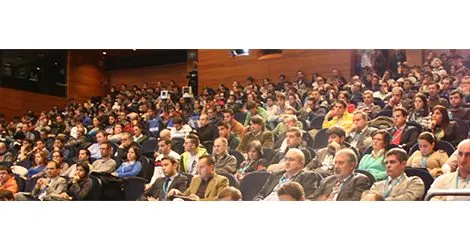Data gateways, the bottomless pit of development hours
Achieving information exchange between two systems without embedding a driver developed by the manufacturer will require hours of in-house development and specific resources for it.

How to Address Communication and Integration between Different IT/IT, IT/OT, or OT/OT Systems.
It is evident that in any infrastructure or industry, all software systems are increasingly interrelated, trying to reach a scenario where there is a real-time data exchange between the ERP, the SCADA, the maintenance system, the energy management system, the production planning system, etc., not counting other systems that are supposed to be implemented, such as artificial vision, predictive maintenance, or BIM modeling.
This reality means that any new project to be implemented must have a part of the scope that covers the interconnection between the two or more systems involved. Here begins the problem.
Any end-user or integrator who has faced this knows that achieving information exchange between two systems without embedding a driver developed by the manufacturer will require, in the best of cases, hours of in-house development and specific resources for it. A typical case may be how to communicate a BI system with production data. For this, it will be necessary to set up a development that saves the contextualized data of the production in an intermediate database (typically in a separate VM) where the BI will consult through specific queries. And this is the simplest case.

In summary, there is a real problem where, to achieve the interdependence of systems with a fluid exchange of information, a large number of development hours by experts in the field is needed.
At Logitek, in recent months we have encountered three manufacturers of machinery and devices with the same problem. They have complemented their offer with a solution for the acquisition and study of the data generated by their own product, and although this software solution was technically very complete, they have not finished deploying it at the rate that was considered, seeing the potential it had. The reason? This solution was closed, and integrating it with the other solutions used by its client required a development effort that was too costly and difficult to maintain.
In the environment of industrial device communications, a similar problem occurred in the late 90’s and the first decade of the 21st century, in that context, the situation was that the different devices and control systems could not communicate with each other. The solution to this problem involved standardization and productization of market tools that enabled it, the so-called OPC Servers.
Using a market product represents several advantages over a custom development, among others, the updates and maintenance of the tool, the non-dependence on the developer of the solution, the standardization of the tool for different scenarios, the possibility of testing the solution easily, among many other advantages.
Currently, there are already solutions designed to cover this need for interconnection of different systems, whether to connect an OPC Server with a SAP ERP system, or a printer with a database, for example.
If you want to know how we at Logitek approach these projects in a standard way, what product we use for it, or what benefits it can bring you, do not hesitate to learn about it here.






